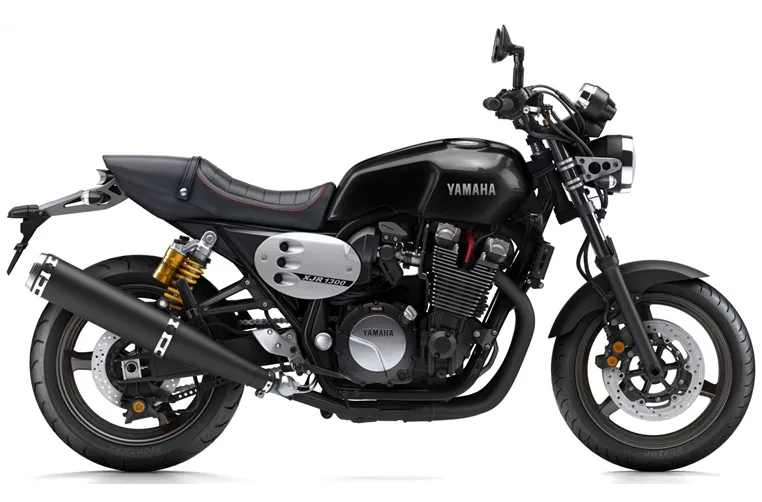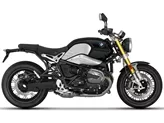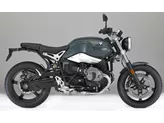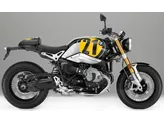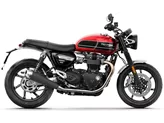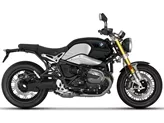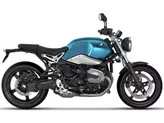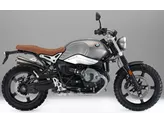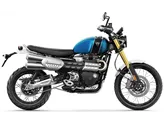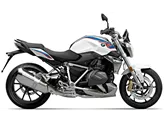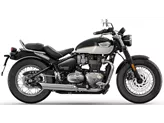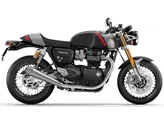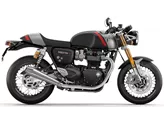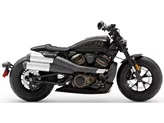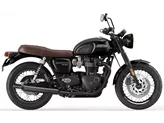Yamaha XJR 1300 2015 vs. BMW R nineT 2018

Yamaha XJR 1300 2015

BMW R nineT 2018
Overview - Yamaha XJR 1300 2015 vs BMW R nineT 2018
In terms of engine power, the Yamaha XJR 1300 2015 offers 98 HP, while the BMW R nineT 2018 provides a slightly higher power output of 110 HP. This gives the BMW an advantage in terms of acceleration and overall performance.
In terms of torque, the Yamaha XJR 1300 2015 offers 108.4 Nm, while the BMW R nineT 2018 provides a higher torque of 116 Nm. This higher torque allows the BMW to deliver a more powerful and responsive ride.
The Yamaha XJR 1300 2015 is equipped with a 4-cylinder engine, while the BMW R nineT 2018 features a 2-cylinder engine. The 4-cylinder engine of the Yamaha provides smoother power delivery and a more balanced ride, while the 2-cylinder engine of the BMW offers a unique and characterful riding experience.
In terms of cooling, the Yamaha XJR 1300 2015 relies on air cooling, while the BMW R nineT 2018 uses oil-air cooling. Both cooling systems are effective in maintaining optimal engine temperature, but the oil-air cooling of the BMW may offer better heat dissipation and overall engine performance.

Yamaha XJR 1300 2015
In terms of displacement, the Yamaha XJR 1300 2015 has a larger engine with a displacement of 1251 ccm, while the BMW R nineT 2018 has a slightly smaller engine with a displacement of 1170 ccm. The larger displacement of the Yamaha may result in more power and torque, providing a more exhilarating ride.
Both bikes feature a telescopic fork front suspension, ensuring a smooth and controlled ride. The chassis of the Yamaha XJR 1300 2015 is a double cradle frame, while the BMW R nineT 2018 features a tubular, load-bearing engine frame. Both frame types offer stability and durability, but the load-bearing engine frame of the BMW adds to its unique design and overall rigidity.
Both bikes are equipped with double disk front brakes, providing excellent stopping power and control. The front tyre width and diameter are the same for both bikes, with a width of 120 mm and a diameter of 17 inches. The rear tyre width and diameter are also the same, with a width of 180 mm and a diameter of 17 inches. These tyre dimensions ensure good traction and stability on the road.
In terms of dimensions and weights, the Yamaha XJR 1300 2015 has a slightly longer wheelbase of 1500 mm, compared to the 1487 mm wheelbase of the BMW R nineT 2018. The seat height of the Yamaha is 795 mm, while the BMW offers a slightly higher seat height of 803 mm. The fuel tank capacity of the Yamaha is 14.5 l, while the BMW has a larger fuel tank capacity of 18 l. These dimensions and weights contribute to the overall handling and comfort of the bikes.
Moving on to the strengths of each bike, the Yamaha XJR 1300 2015 is praised for its very refined engine, offering great power and plenty of torque. It also provides a comfortable seating position in every situation and boasts high-quality workmanship. The chassis components of the Yamaha are also highly regarded for their performance and durability.

BMW R nineT 2018
On the other hand, the BMW R nineT 2018 is praised for its boxer engine full of character, delivering powerful pressure from low revs. It also offers a comfortable seating position and comes with extensive equipment. The BMW has a large accessories market, allowing riders to customize and personalize their bike. Additionally, the BMW R nineT 2018 has a cool and stylish look, adding to its appeal.
However, both bikes have their weaknesses. The Yamaha XJR 1300 2015 lacks ABS, which may be a drawback for riders looking for enhanced safety features. It also radiates a lot of heat from the engine onto the backside when there is no airstream, which can be uncomfortable. Additionally, the throttle grip of the Yamaha may feel harsh on long tours.
The BMW R nineT 2018 has its weaknesses as well. The footrest position when manoeuvring the bike may not be ideal for some riders, affecting their overall control and comfort. The passenger ride comfort of the BMW is also mentioned as a weakness, potentially limiting the bike's suitability for long journeys. Lastly, the BMW R nineT 2018 is considered to be relatively expensive compared to other bikes in its class.
In conclusion, both the Yamaha XJR 1300 2015 and the BMW R nineT 2018 have their strengths and weaknesses. The Yamaha offers a refined engine and comfortable riding position, while the BMW provides a characterful boxer engine and extensive equipment. Ultimately, the choice between these two bikes will depend on the rider's preferences and priorities.
Technical Specifications Yamaha XJR 1300 2015 compared to BMW R nineT 2018
Pros and Cons in comparison
Pros and Cons in comparison
Yamaha XJR 1300 2015
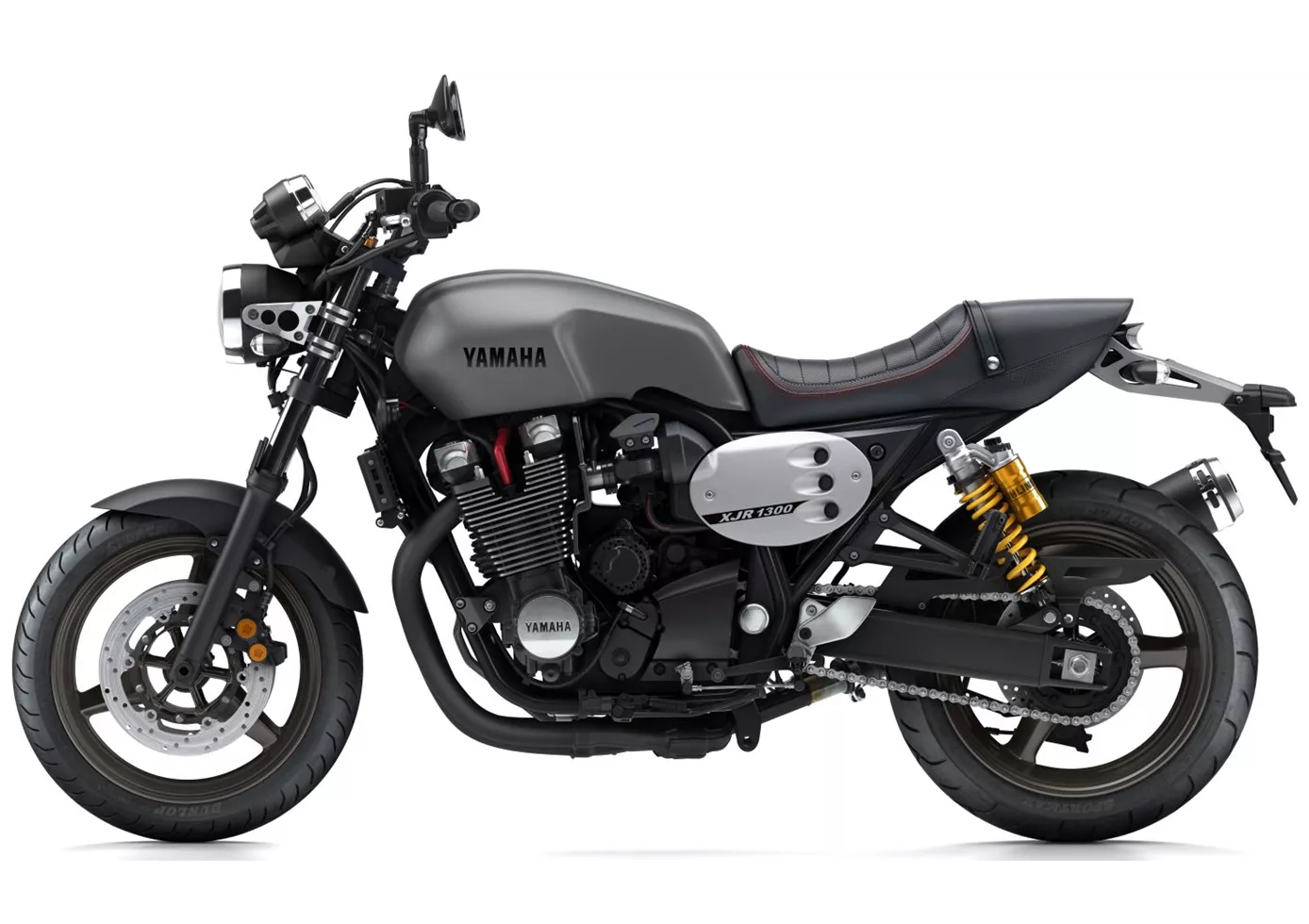
In the 2015 model year, the Yamaha XJR 1300 represents the last stage of evolution and possibly also the last chance for a really fat air-cooled four-cylinder. Yamaha has had a tradition in this segment for decades, and in recent years it has become cool to use such motorbikes as the basis for caferacer conversions. The XJR 1300 doesn't look artificial, but honest. If you like four-cylinder engines, you've come to the right place. In addition to its cool looks, rich torque and casual riding feel, the bike also offers a lot of practical benefits. Both in the city and on long tours, you have a lot of fun with the motorbike. Unlike the Racer, a few small additional accessories would do it good so that it can show its full potential in front of the cafe.
BMW R nineT 2018

What more can be said about the BMW R nineT? Since its release in 2014, it has been a real perennial favourite in the customising scene and also at BMW itself. Its ingredients, however, are of very high quality and explain why the result is so coherent. The boxer engine, full of character, is a real joy every time you pull the throttle and, thanks to the wonderful sound, it never gets boring in the long run. Despite the relatively high weight, the BMW is pleasant to ride thanks to the high-quality chassis and finds a balanced mixture between cruiser and sporty naked bike. The look is of course a matter of taste, but the sales figures suggest that BMW must have done something right. And even if you don't like the standard look, accessories are a dime a dozen.
Price Comparison Avarage Market Price Yamaha XJR 1300 vs BMW R nineT
There are a few key differences between a Yamaha XJR 1300 2015 and a BMW R nineT 2018. In terms of price, the actual average price of a BMW R nineT 2018 is about 59% higher. A Yamaha XJR 1300 2015 experiences a loss of 1,100 USD in one year of ownership. This is offset by a loss of 250 USD for a BMW R nineT 2018. Compared to BMW R nineT 2018 there are less Yamaha XJR 1300 2015 bikes available on the 1000PS.de Marketplace, specifically 5 compared to 15. It takes less time to sell a Yamaha XJR 1300 with 110 days compared to 115 days for a BMW R nineT. Since model year 2005 1000PS.de editors have written 19 reviews for the Yamaha XJR 1300 and 57 reviews for the BMW R nineT since model year 2014. The first review for the Yamaha XJR 1300 was published on 4/20/2006 and now has more than 7,900 views. This compares to more than 17,000 views for the first review on BMW R nineT published on 10/17/2013.
